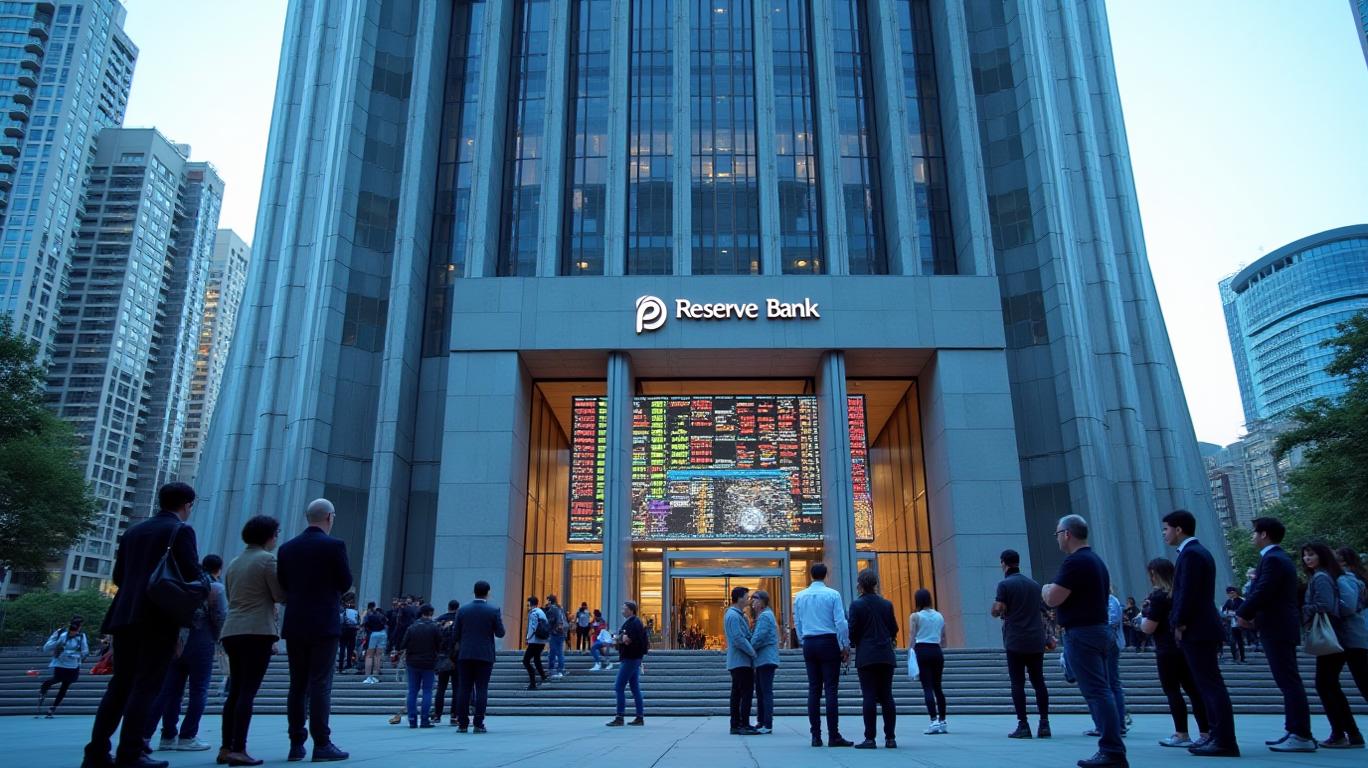Aussie Volatility: Navigating the RBA's New Liquidity Landscape
The Australian dollar has been riding a rollercoaster lately, and RBA’s Christopher Kent is calling it out. In his April 2 speech, Kent highlighted a “sharp rise” in Aussie volatility, framing it as an inevitable side effect of the central bank’s sweeping reforms to its monetary policy infrastructure. For investors, this isn’t just central bank jargon—it’s a roadmap to understanding where the AUD and Australian markets are headed next.

The Plumbing of Policy: What’s Actually Changing?
Kent’s remarks centered on operational tweaks to the RBA’s Open Market Operations (OMOs), designed to transition Australia’s financial system to an “ample reserves” framework. Here’s the breakdown:
Price Hike for Liquidity: Starting April 9, the
raised the cost of its OMO repos to 10 basis points over the cash rate, doubling from the prior 5 bps. This move aims to nudge banks toward private markets for short-term funding, rather than relying on the central bank’s largesse.Shorter Tenors, Smarter Liquidity: A new seven-day OMO tenor joins the existing 28-day term. Shorter maturities reflect a shift toward fine-tuning liquidity for banks’ daily needs, reducing systemic reliance on the RBA’s balance sheet.
The Volatility Tradeoff: Kent acknowledged that as reserves shrink toward the $100–200 billion “ample” target (down from $240B), money market volatility will rise. This isn’t a bug—it’s a feature. Higher short-term swings signal banks are adapting to private liquidity markets, a sign of a healthier system.
Why This Matters for Investors
The RBA’s moves aren’t just about central bank “plumbing.” They’re recalibrating the levers of monetary policy in a post-pandemic world. Here’s how to parse the implications:
- Aussie Volatility Isn’t Going Away: The AUD has already been one of the most volatile currencies this year, with a 12-month implied volatility of 7.2%—up from 5.8% in 2024.
Kent’s reforms suggest this volatility is here to stay, as the RBA intentionally reduces its market dominance.
Cash Rate Reigns Supreme: The RBA is ditching the Exchange Settlement (ES) rate as a secondary policy tool. Investors must now focus laser-like on the cash rate itself—a key anchor for bond yields and currency valuations.
Inflation: The Quiet Backdrop: Kent’s speech hinted at subdued inflation expectations, with global spare capacity keeping Australian wage growth muted. This gives the RBA flexibility—no urgent rate hikes on the horizon, but also no room for stimulus.
The Bottom Line: Ride the Waves, but Stay Anchored
The RBA’s reforms are a double-edged sword. On one hand, higher volatility creates opportunities for traders to exploit short-term AUD swings. On the other, it demands discipline:
- Currency Exposure: The AUD’s correlation with global risk sentiment will persist, but its day-to-day volatility could favor active management.
- Bond Markets: Short-term yields may see more turbulence, but the RBA’s “ample reserves” framework should keep long-term rates stable.
- Equity Risks: Banks and financials (e.g., CBA, WBC, NAB) could benefit from healthier liquidity conditions, but sectors reliant on low-cost RBA funding face headwinds.
Kent’s reforms are a stress test for Australia’s financial system—and investors must treat volatility as a feature, not a flaw. The data speaks clearly: since 2020, periods of elevated AUD volatility have coincided with stronger returns for diversified portfolios.
In conclusion, the RBA’s new liquidity regime isn’t about taming the Aussie—it’s about letting it breathe. Investors who recognize this structural shift and adapt their strategies accordingly will find value in the volatility. The RBA’s plumbing may be getting an upgrade, but the AUD’s pulse remains tied to global risk appetite and the central bank’s unwavering focus on stability.

Comments
No comments yet